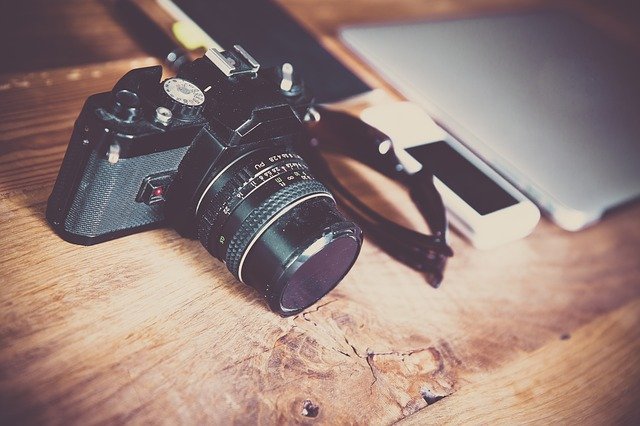
Invest In The Right Equipment
You need the right (and capable) gear to be able to take good-quality property photos. While you don’t necessarily have to invest in the most expensive and latest gadgets, you at least need to get the basics right. Here are a few tips on how:
Get A Good Camera
While some of the latest smartphones may have decent cameras, most do not come close to a dedicated camera. That said, it would be advisable to look for a camera with a 15-45mm wide-angle lens. The Canon M3 Compact camera would be a good starting point.
Use The Correct Lenses
Not all lenses are made the same. Some lenses are meant to capture fine details, and some for wide-angle photography. Wide-angle lenses are thus recommended for property photography. The wide-angle lenses will be able to capture the subjects at a wide-angle, giving the viewer near realistic images. It wouldn’t be advisable to use a fish-eye lens unless focusing on something smaller, like faucets. See Four Labs to see their quality services.
It is worth noting that cameras come in either full-body or cropped sensor lenses. Check the type of camera and compatible lenses before going on a shopping spree. Cropped sensor cameras typically use between 12 and 15mm and 16-17mm lenses for full-body cameras.
Get A Tripod
Clarity and precision are the keys to great quality property photos. A tripod is the only way to avoid uneven shots or blurred lines. A tripod enables you to set the camera at a stable position when taking photos, making it easier to capture the subject perfectly with precise details. In addition to stabilising your shots, a tripod makes it possible to use the camera’s timer to avoid unnecessary reflections or yours for that matter.
Tripods are essential, particularly when looking to take HDR photos. HDR bracket photography allows one to take a photo of the same scene but with different exposures. You can then blend the still images to create one perfectly exposed and detailed picture. With the tripod keeping the camera still, changes f taking a well-exposed and detailed photo are greatly improved.
Get An External Flash
Many cameras today come with an inbuilt flash. The built-in flash is, however, inadequate for real-estate photography. Although you might still be able to take good quality photos, it would be advisable to get an external sync flash. The external sync flash helps improve subject exposure, making it easier to capture a detailed image. You will also need an external flash if looking to use the HDR bracketing photography technique.
Staging
Proper planning and staging are required in professional real estate photography. Any expert photographer will scout the subject/property first to determine the best time, angle, and lenses to use for the same. Staging is a step you don’t want to skip in this type of photography. Here are a few tips on how to stage property or room.
- Remove the clutter: Remove any clothes, paperwork, and unnecessary items from the room.
- Straighten linen and furniture: Ensure the furniture is in a near-perfect symmetry and properly arranged. Straightening the curtains, drapes, and any other linen will do wonders to the photo too.
- Move the furniture to make it appear larger or better in the photo.
- Turn the lights on and open all blinds: Light is essential in any form of photography. Turning the lights on and opening the blinds will help improve lighting and exposure.
These are, but just the basics to taking professional property photos.
Comments are closed